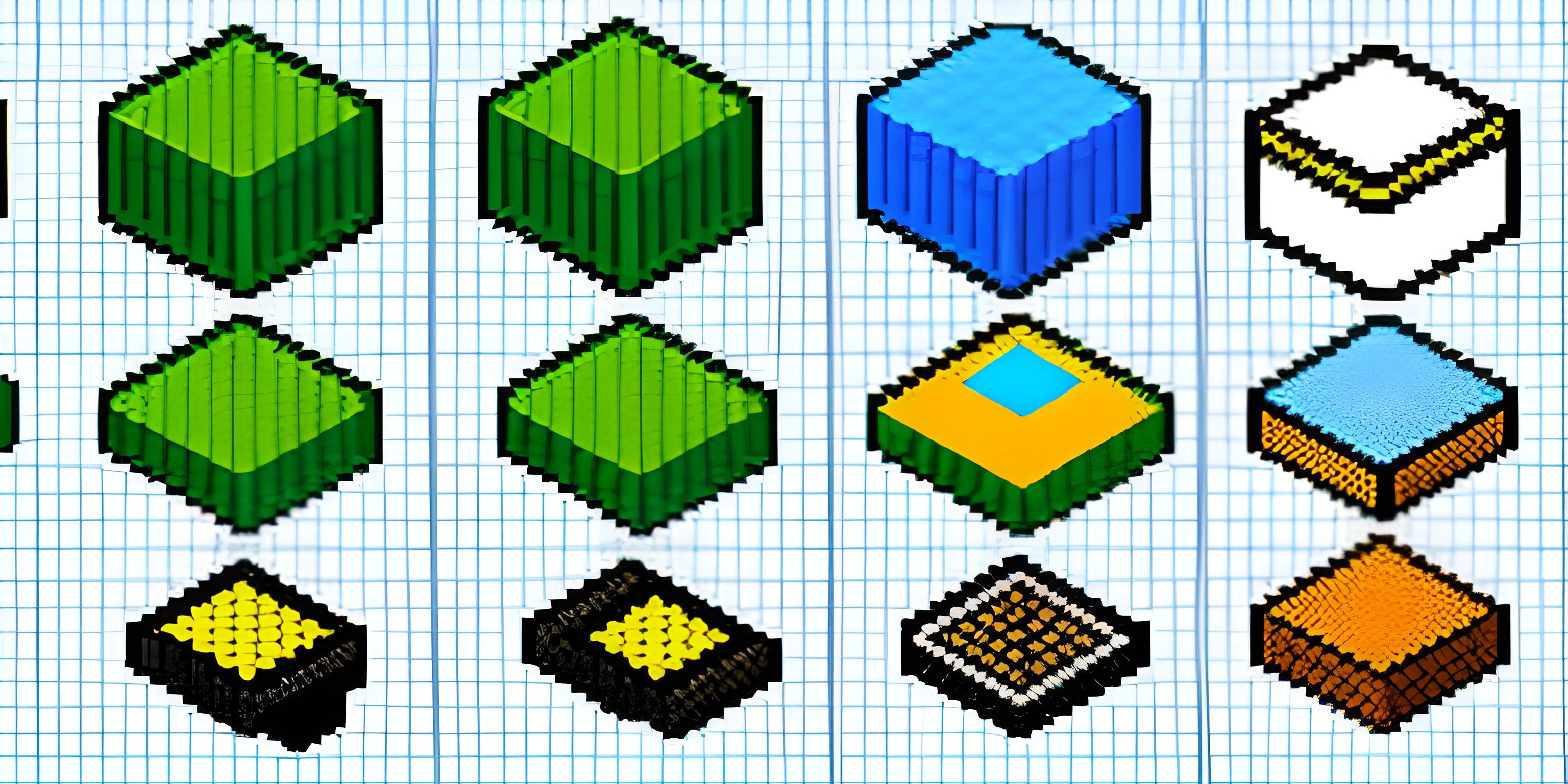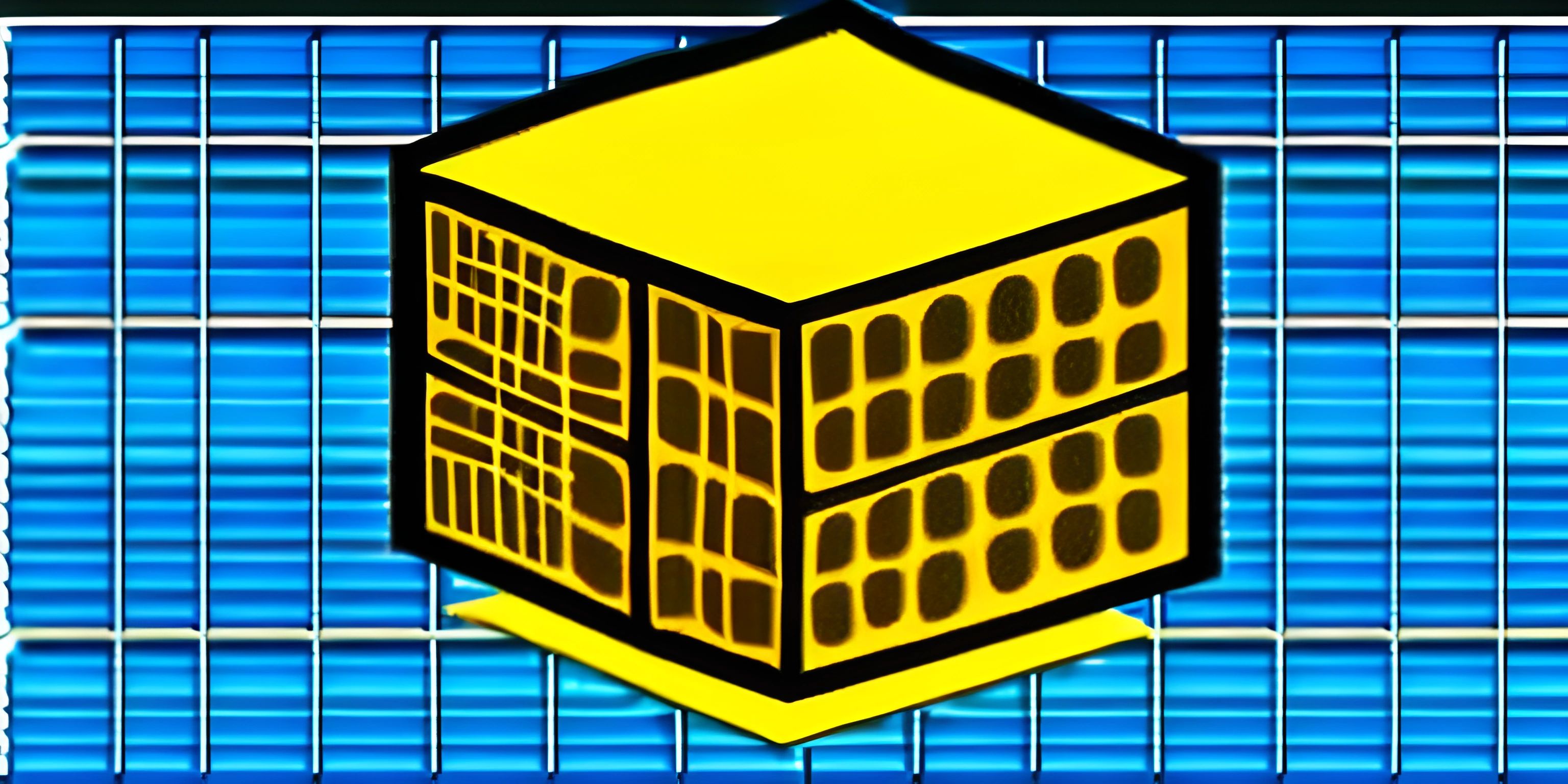JavaScript DOM Manipulation

Note: this page has been created with the use of AI. Please take caution, and note that the content of this page does not necessarily reflect the opinion of Cratecode.
JavaScript is a powerful language that allows you to interact with the Document Object Model (DOM) and manipulate the contents of a web page. This article will cover the basics of DOM manipulation using JavaScript, including selecting elements, modifying content, and adding or removing elements.
Selecting Elements
To manipulate elements in the DOM, you first need to select them. JavaScript provides various methods to select elements, such as getElementById, getElementsByClassName, getElementsByTagName, and querySelector.
getElementById
Select an element by its id attribute:
const element = document.getElementById("myElementId");getElementsByClassName
Select elements by their class attribute:
const elements = document.getElementsByClassName("myClassName");getElementsByTagName
Select elements by their tag name:
const elements = document.getElementsByTagName("p");querySelector
Select the first element that matches a CSS selector:
const element = document.querySelector(".myClassName");querySelectorAll
Select all elements that match a CSS selector:
const elements = document.querySelectorAll(".myClassName");Modifying Content
Once you've selected an element, you can modify its content or attributes.
Changing Text Content
element.textContent = "New text content";
Changing HTML Content
element.innerHTML = "<strong>New HTML content</strong>";
Modifying Attributes
Set, get, or remove an attribute:
element.setAttribute("src", "newImage.jpg");
const src = element.getAttribute("src");
element.removeAttribute("src");Adding and Removing Elements
You can also create new elements and add them to the DOM or remove existing elements.
Creating a New Element
const newElement = document.createElement("div");
newElement.textContent = "This is a new div element";Appending an Element
const parentElement = document.getElementById("parent");
parentElement.appendChild(newElement);Inserting an Element
const referenceElement = document.getElementById("reference");
parentElement.insertBefore(newElement, referenceElement);Removing an Element
parentElement.removeChild(newElement);
By understanding these basic concepts of DOM manipulation with JavaScript, you can create dynamic web pages that respond to user interactions and provide a more engaging experience. Practice using these techniques to become more proficient in manipulating the DOM using JavaScript.
Hey there! Want to learn more? Cratecode is an online learning platform that lets you forge your own path. Click here to check out a lesson: Full-stack Web Frameworks (Next.js) (psst, it's free!).
FAQ
What is DOM manipulation in JavaScript?
DOM (Document Object Model) manipulation in JavaScript refers to the process of selecting, modifying, and interacting with the elements of a webpage's HTML structure using JavaScript. It allows developers to dynamically change the content, appearance, or structure of a webpage in response to user events or data updates.
How do I select elements from the DOM using JavaScript?
You can select elements from the DOM using various methods provided by JavaScript, such as:
getElementById: Selects an element with a specific ID.getElementsByClassName: Selects elements with a specific class name.getElementsByTagName: Selects elements with a specific tag name.querySelector: Selects the first element that matches a CSS selector.querySelectorAll: Selects all elements that match a CSS selector. For example, to select an element with the ID "myElement", you would use:
const myElement = document.getElementById("myElement");How can I modify the content of an element in the DOM?
To modify the content of a DOM element, you can use the innerHTML, textContent, or innerText properties. Here's an example of changing the text content of an element with the ID "myElement":
const myElement = document.getElementById("myElement");
myElement.textContent = "New content!";How do I add or remove elements from the DOM?
To add elements to the DOM, you can use the createElement and appendChild methods. To remove an element from the DOM, use the removeChild method. Here's an example of adding a new paragraph element to a container with the ID "container":
const container = document.getElementById("container");
const newParagraph = document.createElement("p");
newParagraph.textContent = "This is a new paragraph.";
container.appendChild(newParagraph);And to remove an element with the ID "elementToRemove":
const elementToRemove = document.getElementById("elementToRemove");
elementToRemove.parentElement.removeChild(elementToRemove);Can I change the style of an element using JavaScript?
Yes, you can change the style of an element by modifying its style property. The style property is an object that contains the inline CSS styles of an element. You can set or update individual styles using JavaScript. Here's an example of changing the background color and font size of an element with the ID "myElement":
const myElement = document.getElementById("myElement");
myElement.style.backgroundColor = "blue";
myElement.style.fontSize = "24px";




